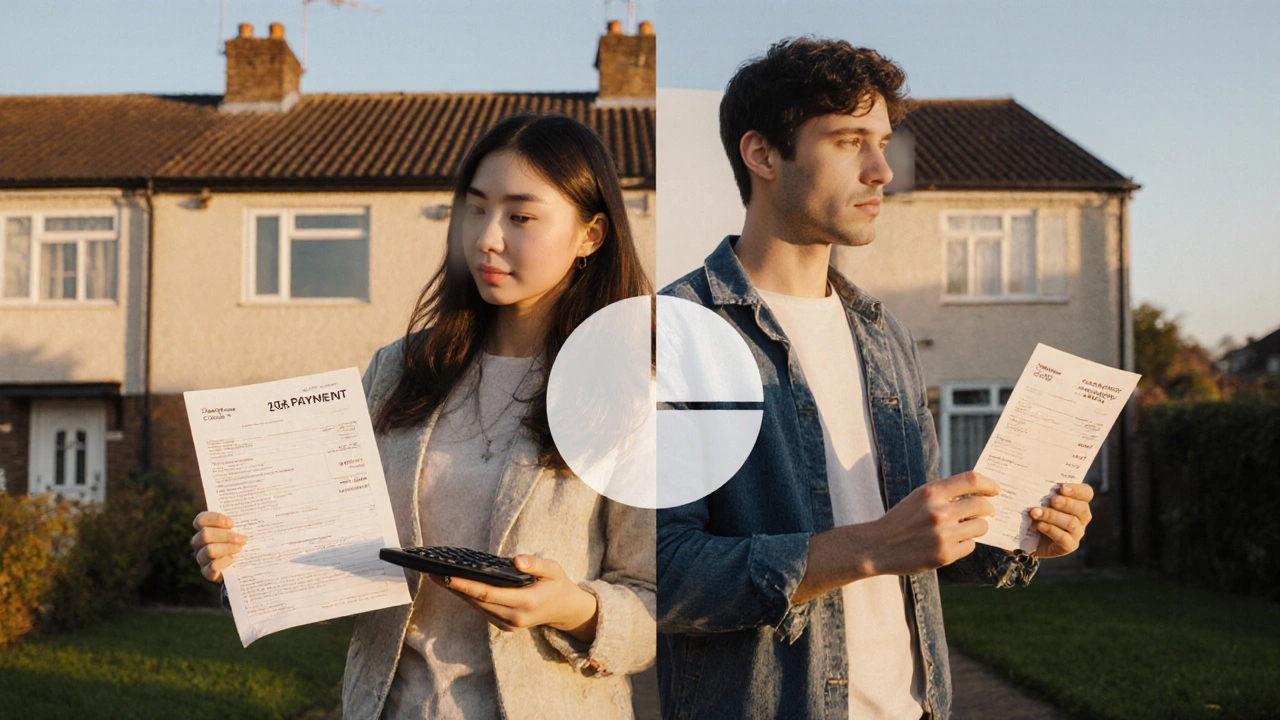Explore the three main drawbacks of shared ownership homes, from double payments to lease restrictions and staircasing costs, and learn how to manage them.
Shared Ownership Home: A Practical Guide
When you start looking at shared ownership home, a property where you purchase a slice and rent the rest, often supported by government schemes. Also known as home share, it gives first‑time buyers, people entering the market without a huge deposit a realistic path onto the ladder. The share of ownership, the percentage of the house you actually own defines your equity, while staircasing, buying extra shares over time lets you increase that equity as your finances improve. This combination creates an affordable housing option that blends ownership and renting.
Why Shared Ownership Matters
Shared ownership homes tackle two big problems: high property prices and limited savings. By buying, say, 25% of a £200,000 house, you only need a mortgage on that part and pay rent on the remaining 75%. That rent is usually lower than a full‑market rent because it’s set by the housing association. For many, this structure means you can move in with a 5% deposit instead of the 10‑20% typical for a standard mortgage. The model also encourages gradual wealth building – each staircasing step adds to your stake and reduces the rent you pay.
Eligibility rules keep the scheme focused on those who need it most. Most providers require you to be a first‑time buyer, someone who has sold a previous home and is now moving downsize, or a household earning below a certain threshold. You’ll also need to pass a mortgage affordability test for the share you intend to buy. Once you’re in, the agreement outlines how you can sell your share, what happens if you want to move, and how the housing association can buy back the part you don’t own.
Financing the initial share works much like a regular mortgage, but the loan amount is smaller. That means lower monthly repayments and often better rates because the risk to the lender is reduced. Some lenders even offer special shared‑ownership mortgage products with flexible terms. On top of that, you may qualify for government grants or local authority assistance that further cuts the deposit required.
One common question is how the rent is calculated. It’s usually a percentage of the market rent for the part you don’t own, often around 2.5% to 3% of the full property value per year. Because the rent is based on the current market value, it can rise over time, but any increase is capped by the terms of your lease. Knowing this ahead of time helps you budget for future payments.
Maintenance responsibilities are split too. As the owner of your share, you’re responsible for the interior of that portion – think kitchen upgrades or bathroom remodels. The housing association typically handles external repairs, roof, and communal areas. This division can keep your ongoing costs predictable, but it also means you need to coordinate with the landlord for larger projects.
When it comes time to sell, you have a few options. You can sell your share back to the housing association, often at a price reflecting current market values. Alternatively, you can list your share on the open market, but any buyer must meet the same eligibility criteria. This resale process can be quicker than a full‑sale because the share price is lower, and the association may help find qualified buyers.
Staircasing isn’t mandatory, but many owners use it to increase their stake. The process usually involves arranging a new mortgage for the extra share and paying a fee to the housing association. Each step reduces the rent you owe, making the monthly outlay more like a traditional mortgage over time. Some owners choose to staircase in small increments, while others wait until they have a large cash boost, such as a bonus or inheritance.
Overall, a shared ownership home offers a flexible route to property ownership, especially for first‑time buyers facing steep prices. It blends the security of owning a portion of a home with the lower cost of renting the rest, all while providing a clear path to full ownership if your situation improves.
Below you’ll find a curated collection of articles that break down every aspect of shared ownership homes – from eligibility and financing to staircasing strategies and resale tips. Dive in to get the details you need to decide if this model fits your home‑buying plan.
